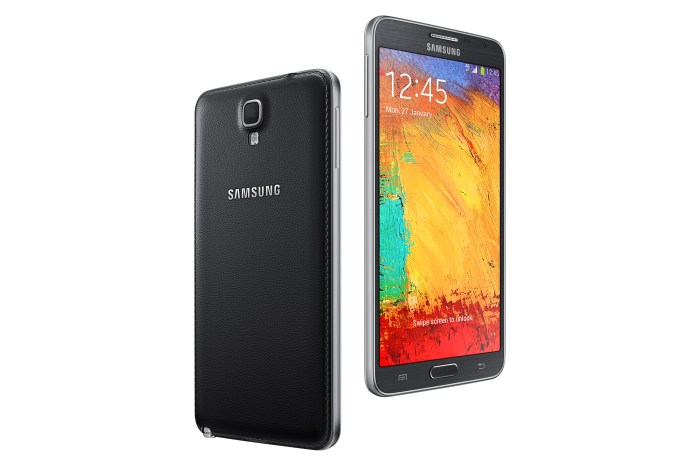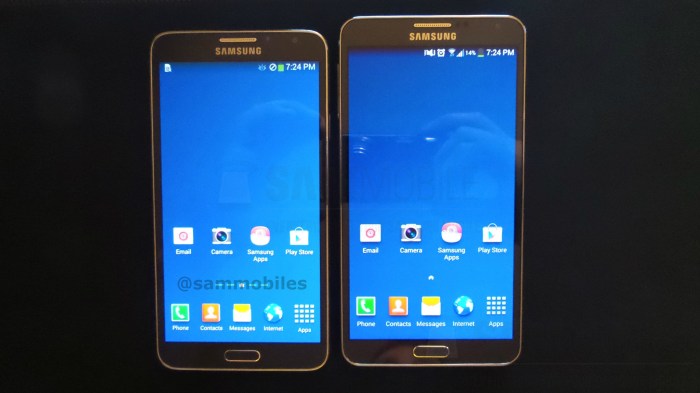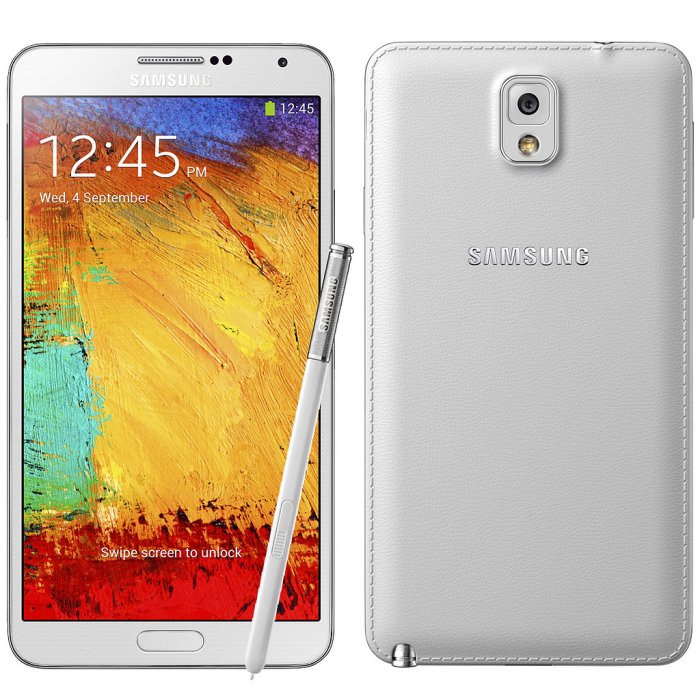Samsung Galaxy Note 3 Neo Charger Specification
Samsung Galaxy Note 3 Neo Charger Specifications

Source: co.uk
Samsung galaxy note 3 neo charger specification – This article details the input and output specifications, connector type, safety features, troubleshooting steps, and a comparison with other chargers for the Samsung Galaxy Note 3 Neo charger. Understanding these specifications ensures efficient and safe charging of your device.
Charger Input Specifications

Source: amazonaws.com
The Samsung Galaxy Note 3 Neo charger typically accepts a wide range of input voltages, making it suitable for use globally. It usually supports input voltages between 100-240V AC, 50/60Hz. This broad range allows the charger to adapt to different power grids around the world. Using a charger with incorrect input specifications can lead to malfunction or damage to the charger itself, potentially even posing a safety risk.
The charger will automatically adjust to the appropriate voltage within this range. Using a charger outside of this specified range is strongly discouraged.
| Charger Model | Input Voltage (AC) | Input Frequency (Hz) | Input Current (A) |
|---|---|---|---|
| Samsung Galaxy Note 3 Neo Charger | 100-240V | 50/60 | 0.5A (approx.) |
| Samsung Galaxy S4 Charger (Example) | 100-240V | 50/60 | 0.7A (approx.) |
| Samsung Galaxy S5 Charger (Example) | 100-240V | 50/60 | 1.0A (approx.) |
Charger Output Specifications
The Samsung Galaxy Note 3 Neo charger typically provides a standard 5V output voltage and a current of approximately 1.55A. The output voltage is crucial for the device’s internal circuitry, while the output current determines the charging speed. A higher current generally leads to faster charging. Using a charger with a different output voltage can damage the device’s battery and internal components.
Using a charger with insufficient current will result in slow or ineffective charging.
Illustration: Imagine a water pipe (power cable) connecting a water tank (charger) to a water cup (device). The water pressure (voltage) needs to be appropriate for the cup, and the flow rate (current) determines how quickly the cup fills. Too much pressure could damage the cup, while too little flow would mean it takes too long to fill.
Charger Connector Type and Compatibility
The Samsung Galaxy Note 3 Neo charger utilizes a Micro-USB connector. This connector type was common in many Android devices prior to the prevalence of USB-C. While widely used, it’s now less common than USB-C and USB-A. The Micro-USB connector’s compatibility is limited primarily to older devices featuring this connector type. Using it with devices designed for other connectors might not work or could potentially damage the port.
- Samsung Galaxy Note 3 Neo
- Various other Android smartphones and tablets (from the same era)
- Some portable media players and other electronics
Safety Features and Regulations

Source: popsugar-assets.com
The Samsung Galaxy Note 3 Neo charger incorporates several safety features, including overcurrent protection, short-circuit protection, and overvoltage protection. These features prevent damage to the device and charger, and mitigate the risk of electrical hazards. The charger likely complies with relevant safety regulations and certifications, such as UL, CE, and others depending on the region of sale. Using a certified charger is crucial for safe operation and to avoid damage to your device.
Determining the Samsung Galaxy Note 3 Neo charger specification is crucial for optimal performance. To understand the charging requirements fully, it’s helpful to compare it against other Samsung devices; you can find details on a wide range of Samsung Galaxy mobiles with price and specification at this comprehensive resource. Returning to the Note 3 Neo, knowing its specific voltage and amperage is key to avoiding damage to the battery or charger.
| Safety Feature | Description | Certification (Example) |
|---|---|---|
| Overcurrent Protection | Prevents excessive current flow | UL |
| Short-Circuit Protection | Prevents damage from short circuits | CE |
| Overvoltage Protection | Protects against voltage spikes | RoHS |
Troubleshooting Common Charging Issues, Samsung galaxy note 3 neo charger specification
Slow charging or no charging can be caused by several factors. Troubleshooting involves systematically checking the charger, cable, and device itself. Inspect the charger for any physical damage, such as cracks or loose connections. Check the charging cable for damage or fraying. Finally, ensure the device’s charging port is clean and free from debris.
Flowchart (description): Start by checking the charger for visible damage. If damaged, replace the charger. If undamaged, check the charging cable for damage. If damaged, replace the cable. If both charger and cable are undamaged, check the device’s charging port for debris.
Clean the port if necessary. If the problem persists, the issue might lie within the device itself and professional repair might be needed.
Comparison with Other Chargers
The Samsung Galaxy Note 3 Neo charger’s specifications are comparable to other standard chargers of its era. However, modern fast chargers offer significantly higher output currents, resulting in much faster charging times. While the Note 3 Neo charger provides reliable charging, it lacks the speed of newer, more powerful chargers. Fast chargers typically utilize higher voltages (e.g., 9V or 12V) and higher currents to achieve faster charging.
| Charger Model | Output Voltage (V) | Output Current (A) | Charging Speed |
|---|---|---|---|
| Samsung Galaxy Note 3 Neo Charger | 5 | 1.55 (approx.) | Standard |
| Generic Fast Charger (Example) | 5/9/12 | 3.0 (approx.) | Fast |
| Samsung Adaptive Fast Charger (Example) | 5/9 | 2.0 (approx.) | Fast |
Q&A
Can I use a different charger with a similar output voltage and amperage?
While similar output may seem acceptable, using a non-Samsung charger may lack the same safety features and certifications, potentially leading to charging problems or device damage. It’s best to use the original charger or a certified equivalent.
My phone is charging very slowly. What could be the problem?
Slow charging can result from a damaged charging cable, a faulty charger, a low battery, or a problem with the phone’s charging port. Try different cables and chargers, and check the charging port for debris.
What should I do if my phone won’t charge at all?
Check the power outlet, the charging cable, and the charger itself. Inspect the phone’s charging port for any obstructions. If the problem persists, consider seeking professional assistance.




















